Maximize Profits or Face Liquidation? Mastering the Core Mechanics of Futures Leverage for Optimal Capital Efficiency

1. What Is Leverage? Maximizing Trading Opportunities with Limited Capital
- If the underlying asset's price rises by 5%, the profit would be 50 USDT, equivalent to a 50% return on your capital.
- Conversely, if the price drops by 5%, the loss would also be 50 USDT, half of your initial capital.
2. Advantages and Disadvantages of Using Leverage in Futures Trading
2.1 Advantages of Futures Leverage
2.2 Risks of Futures Leverage
3. Leverage Example in Futures Trading
- Capital: 100 USDT
- Leverage: 200×
- Position Size: 100 × 200 = 20,000 USDT
4. Practical Tips for Using Leverage
4.1 Choosing the Appropriate Leverage Ratio
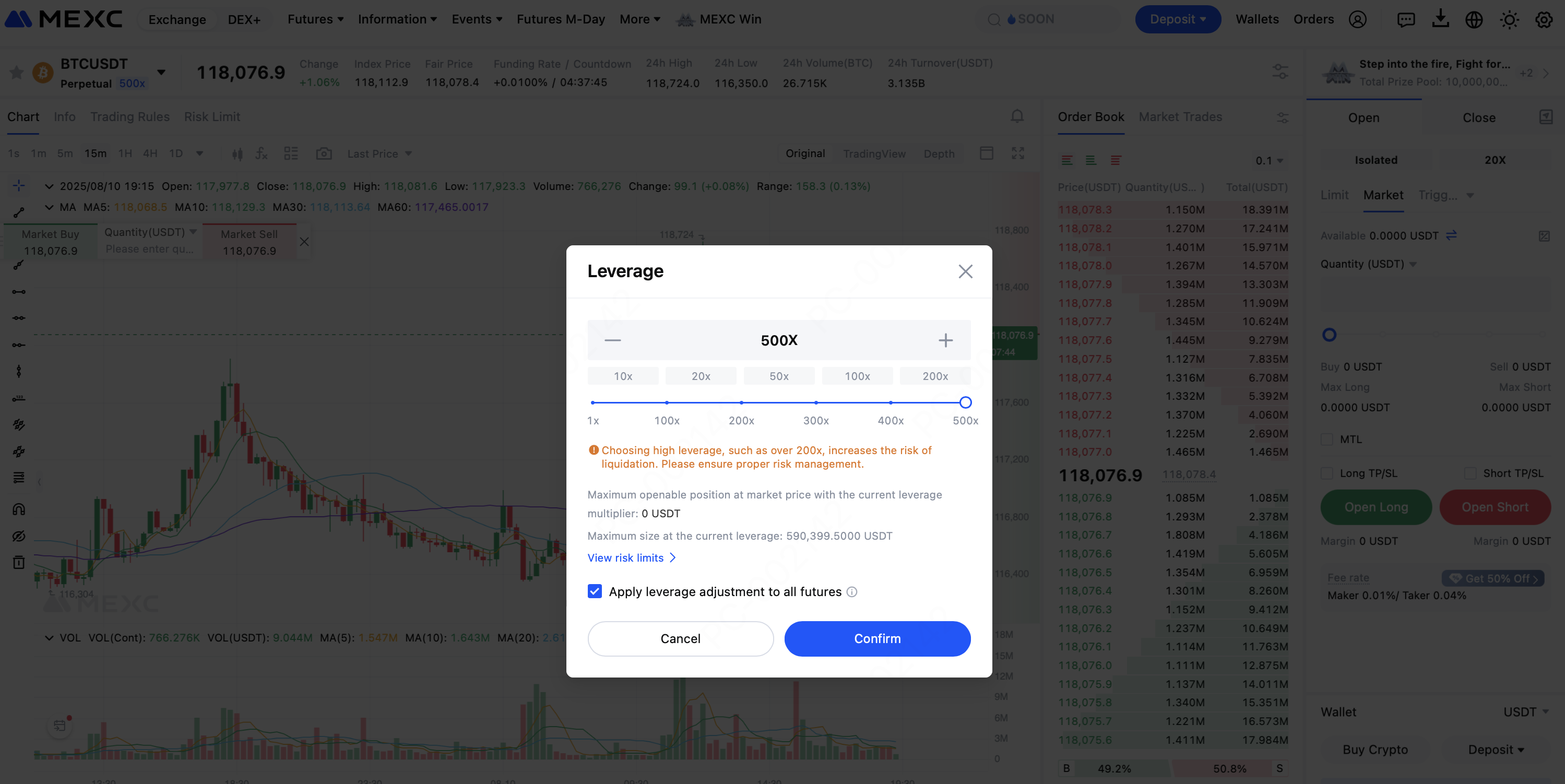
4.2 Understanding Margin Modes
- Cross Margin: Uses the entire account balance as maintenance margin for a position. This can help prevent liquidation during short-term volatility, but increases the risk of losses affecting all positions.
- Isolated Margin: Each position has its own margin and PNL calculation. Losses are limited to the allocated margin for that position, offering greater risk control.
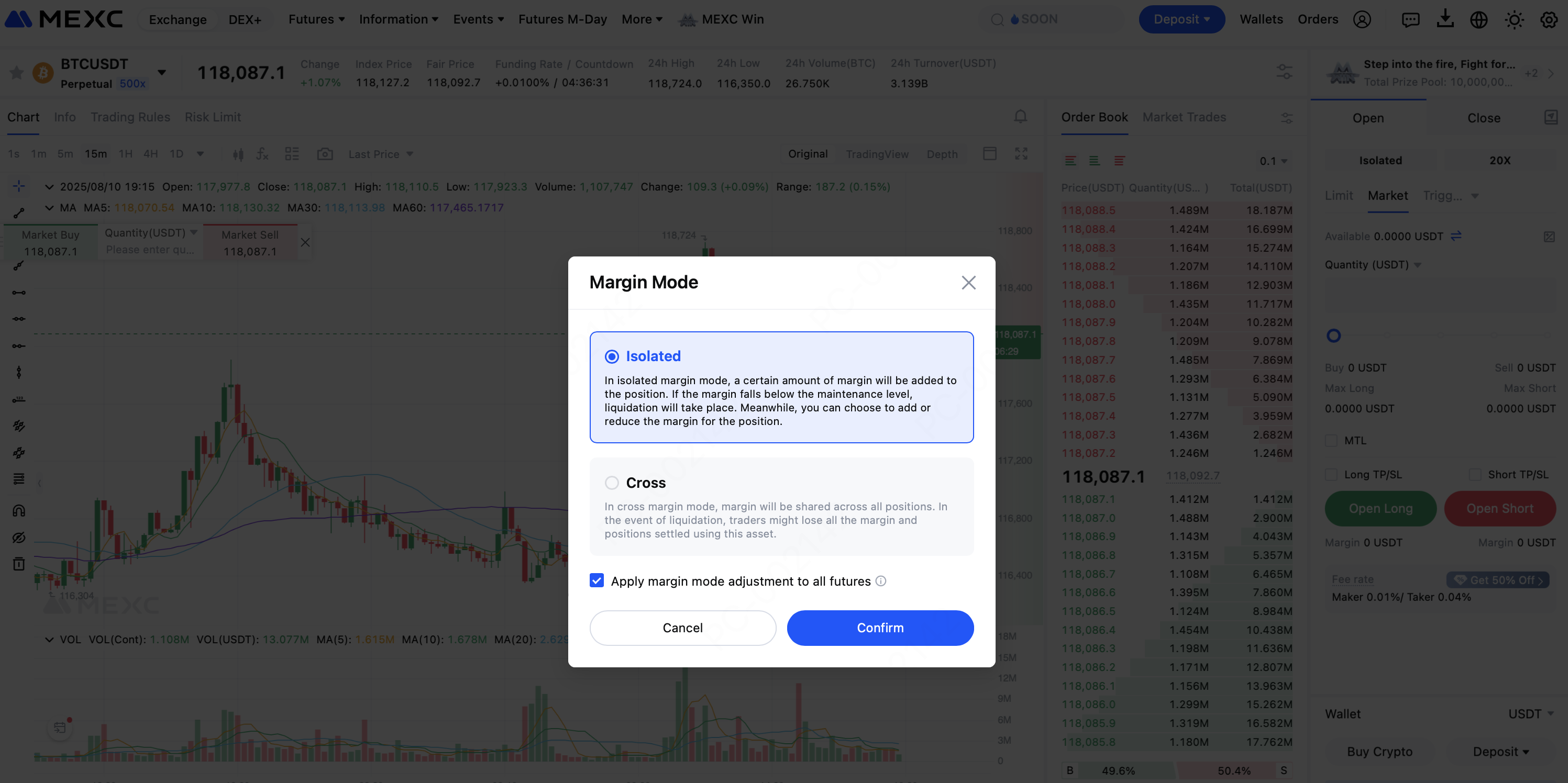
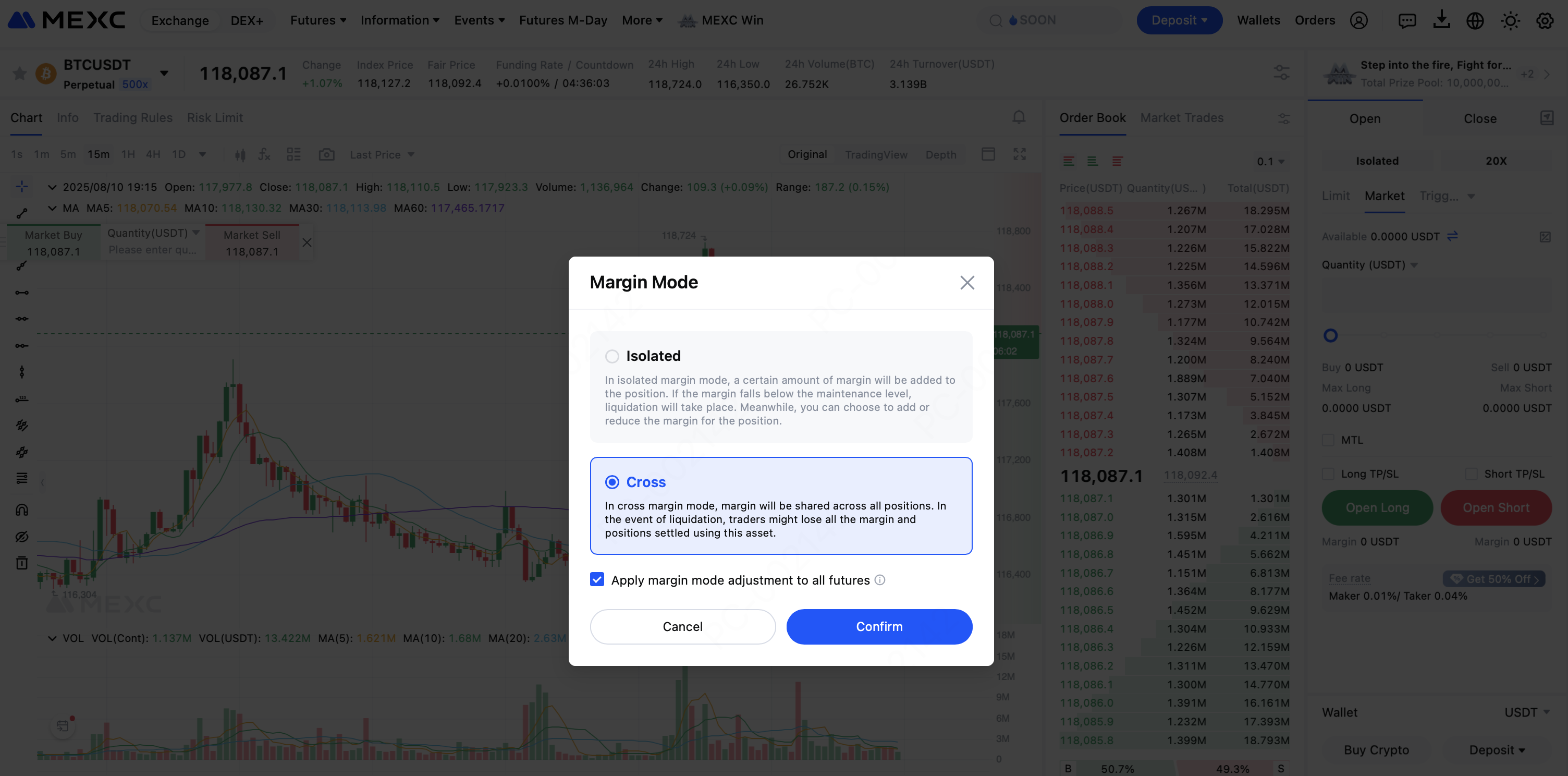
4.3 Develop a Well-Defined Trading Strategy
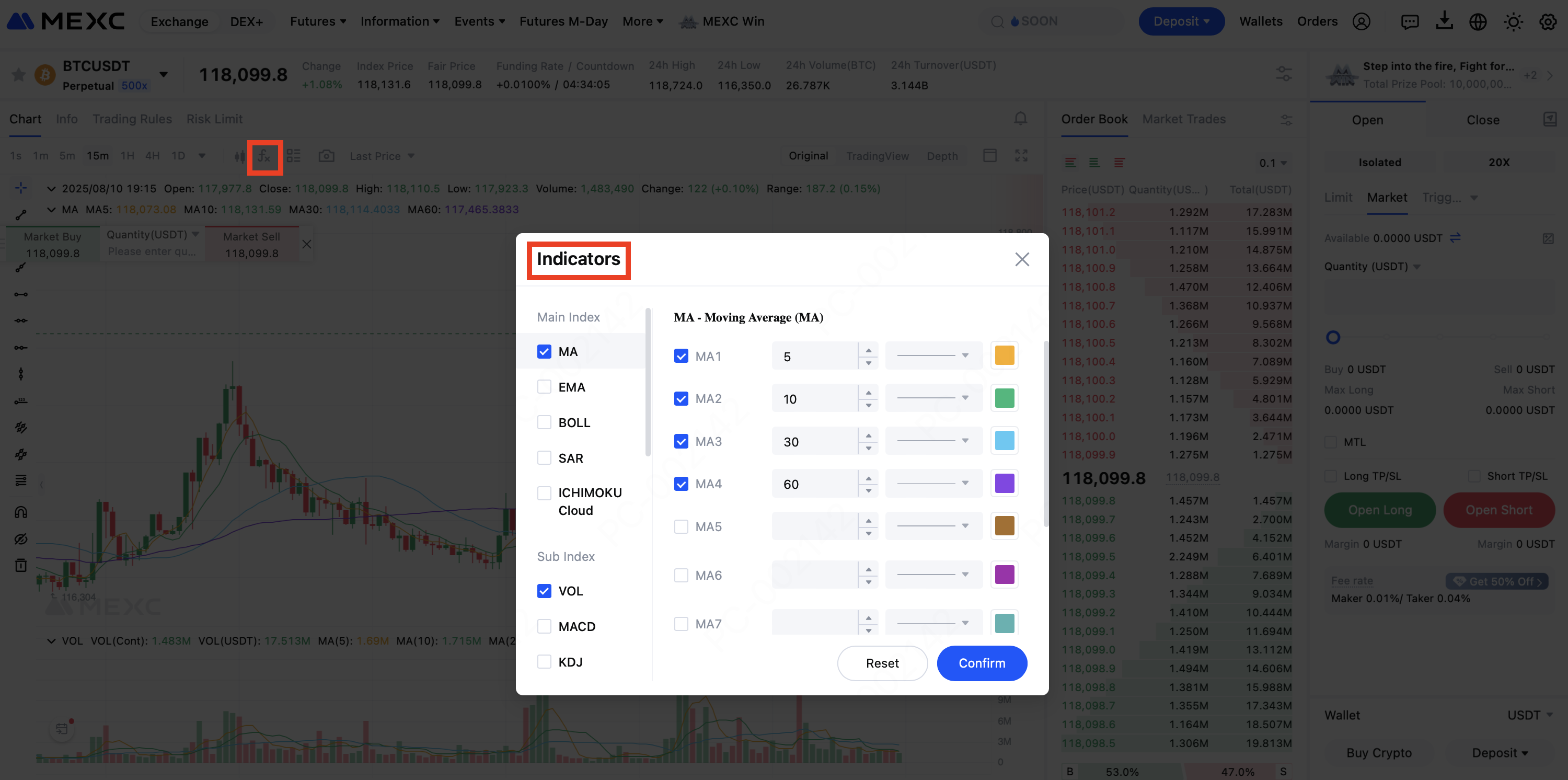
5. Timing for Using Leverage and Risk Adjustment Recommendations
5.1 When to Consider Using Leverage?
- Clear market trend: When the market shows a well-defined trend and a clear directional bias (e.g., a breakout above key resistance or below key support), moderate leverage can improve capital efficiency and amplify returns.
- Solid trading plan: A plan that specifies precise entry, take-profit and stop-loss levels ensures that losses can be contained promptly if the market reverses.
- Emotional stability and discipline: Traders who can follow their plan without letting short-term volatility cloud judgment are better positioned to use leverage effectively.
- Adequate experience: Experienced traders who understand market mechanisms, volatility patterns, and risk management principles can deploy leverage flexibly in line with their strategies.
5.2 When is Leverage Not Recommended?
- Unclear or ranging markets: Using high leverage when the market lacks a clear direction can lead to frequent stop-outs or even liquidation.
- Emotional or overactive trading: Traders who tend to chase gains, panic-sell, or operate under strong emotions should avoid high-leverage setups.
- Lack of a defined risk management plan: Entering positions without stop-loss orders or without calculating the maximum acceptable loss exposes traders to excessive risk.
- Beginners: Those still developing an understanding of market structure and leverage mechanics should start with small positions and low leverage.
6. Summary: Approach Leverage Trading with a Balanced View of Risk and Opportunity
- Is the chosen leverage ratio appropriate?
- Does the strategy have sound logic and executable steps?
- Is there a robust take-profit and stop-loss mechanism in place?
- Are emotional control and capital management adequately addressed?
Recommended Reading:
- Why Choose MEXC Futures? Gain deeper insight into the advantages and unique features of MEXC Futures to help you stay ahead in the market.
- How to Participate in M-Day Learn the step-by-step methods and tips for joining M-Day and don't miss out on over 80,000 USDT in daily Futures bonus airdrops.
- MEXC Futures Trading Tutorial (App) Understand the full process of trading Futures on the app and get started with ease.
Popular Articles
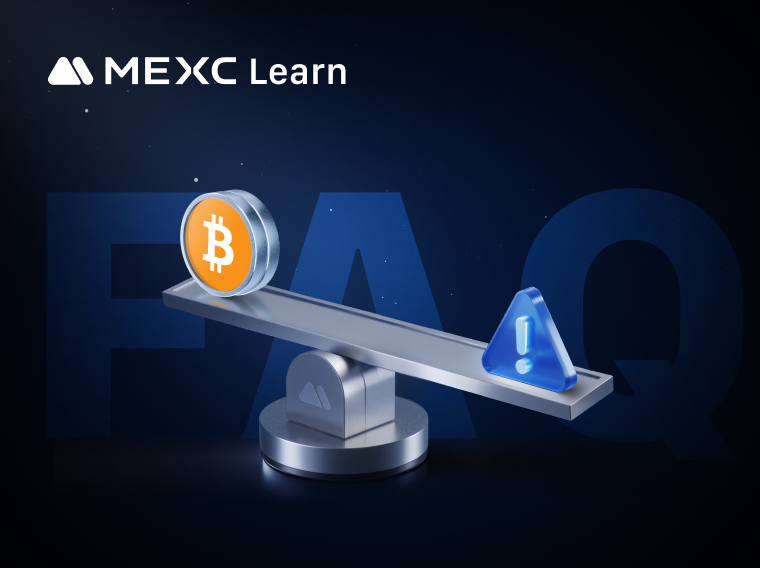
Understanding Liquidation Risk: FAQs and Protection Tips
On MEXC, users can trade either USDT-M Perpetual Futures, with leverage up to 500x, or Coin-M Perpetual Futures, with leverage up to 200x. While high leverage offers the potential for significantly am

On What Date Was the First Block of the Ethereum Blockchain Mined?
If you've ever wondered about Ethereum's beginning, you're asking the right question. The story of when Ethereum's first block was mined marks one of the most significant moments in cryptocurrency his
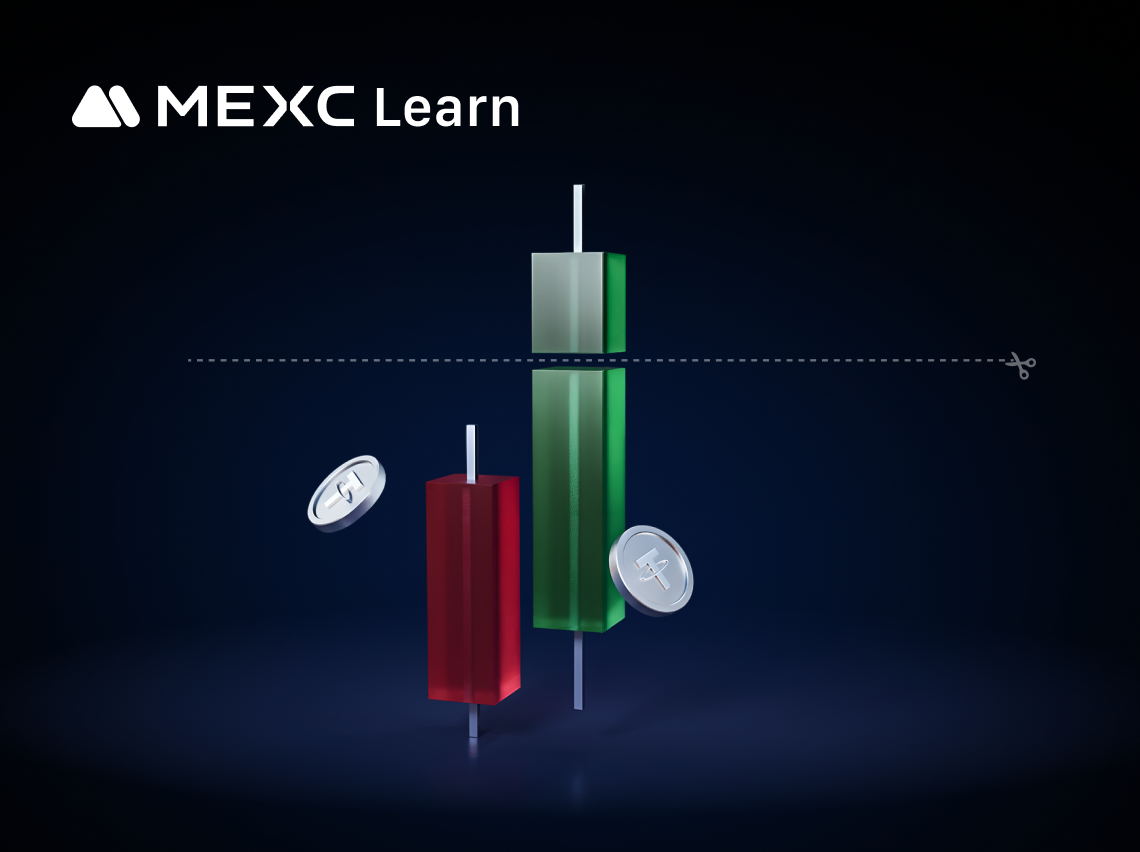
MEXC Advanced Futures Trading Strategies: Take Profit to Lock in Gains
When trading futures, successfully opening a position is only half the battle. The key to determining the success of a trade lies in closing it effectively: locking floating profits on the books into
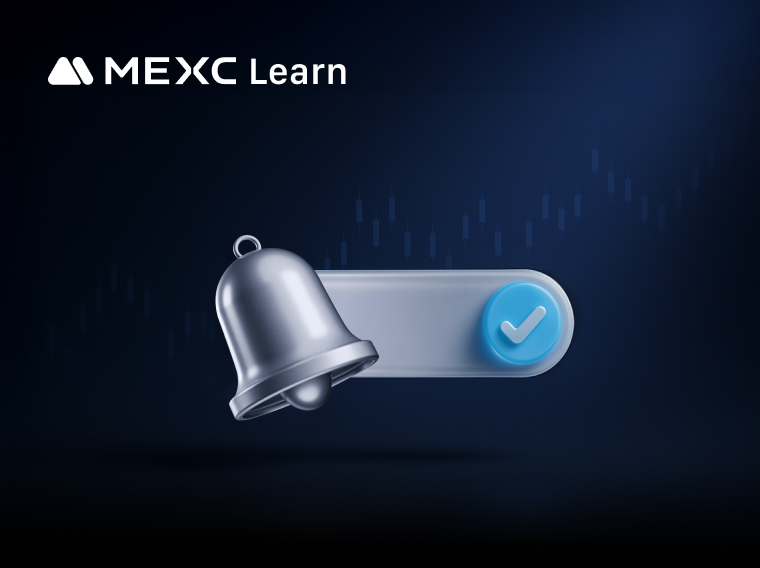
MEXC Price Alert Setup Guide: Stay on Top of Market Trends and Boost Trading Efficiency With MEXC Notifications
In the fast-paced world of cryptocurrency trading, price fluctuations often occur within milliseconds. This is especially true when trading Futures, where users can easily fall into fatigue and emotio
Hot Crypto Updates
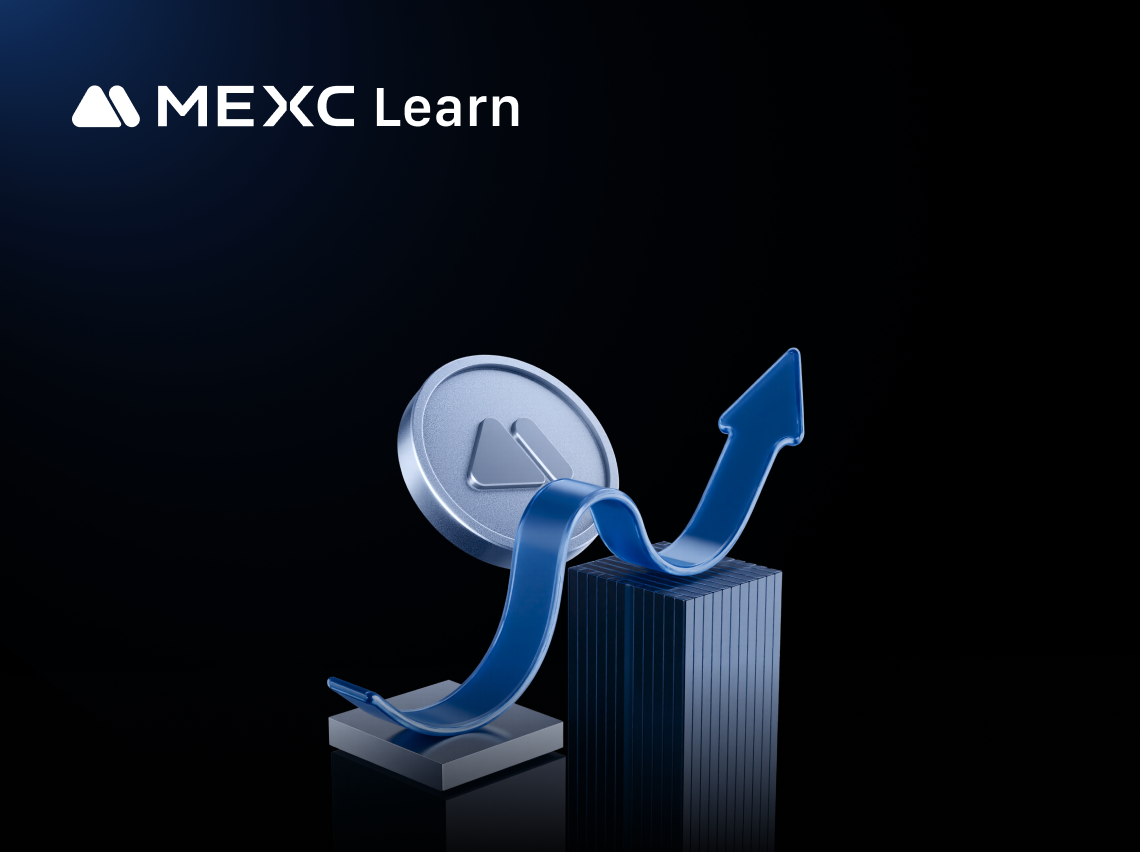
Is Anoma (XAN) Legal? Compliance Guide for Traders
Introduction to Anoma (XAN)'s Legal ClassificationAnoma (XAN) is an innovative cryptocurrency operating in the global digital finance sector, designed as an intent-centric decentralized operating syst
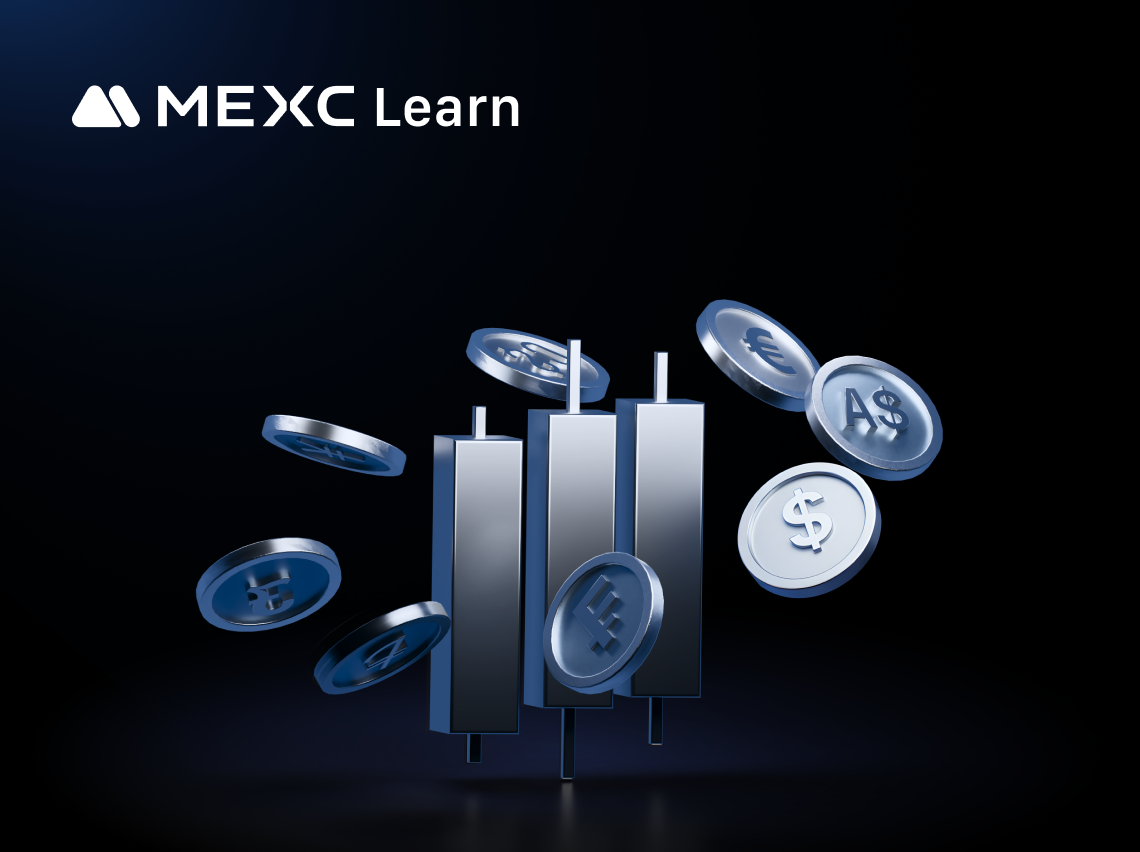
How to Select an Anoma (XAN) Trading Platform with Low Fees
Introduction to Trading Fee Structures for Anoma (XAN)When trading Anoma (XAN) or any cryptocurrency, fees can significantly impact your overall returns, especially for active traders who make frequen

Anoma (XAN) Derivatives 101: Beginner's Guide
Understanding Anoma (XAN) DerivativesAnoma (XAN) derivatives are financial contracts that derive their value from the underlying Anoma cryptocurrency without requiring ownership of the actual XAN toke
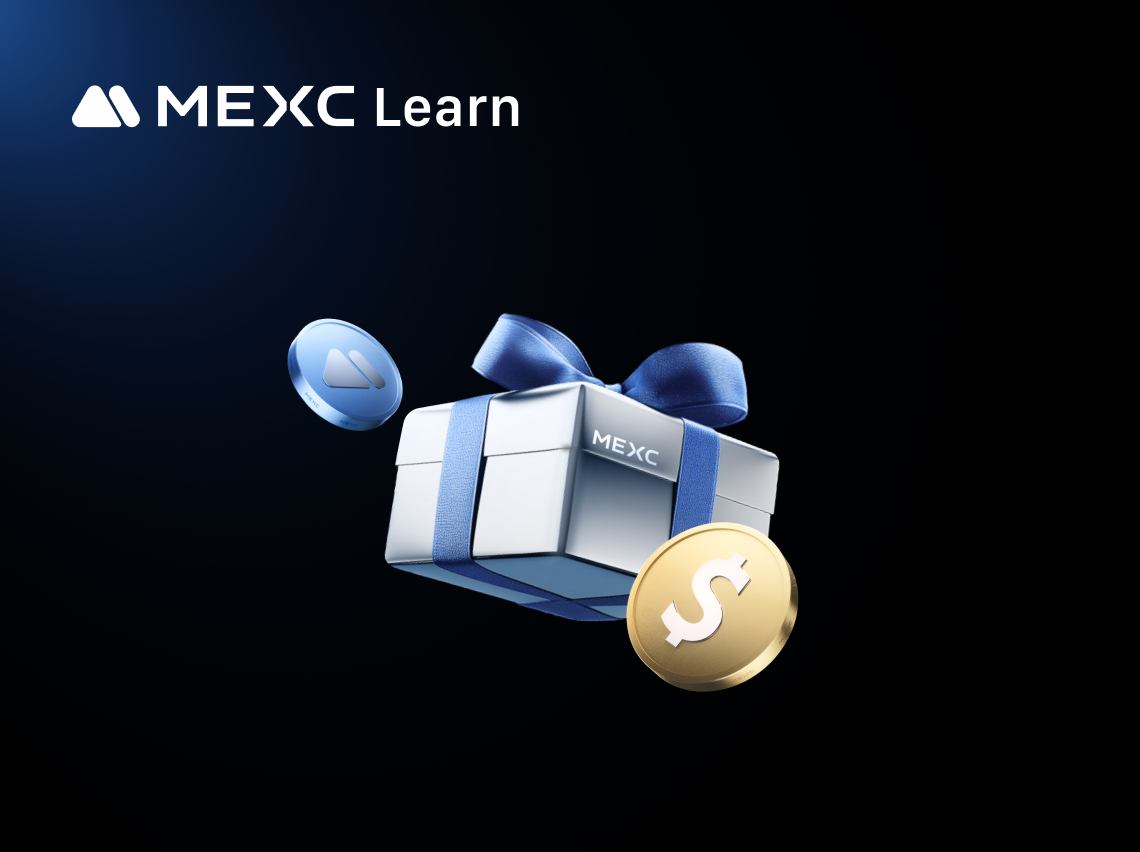
Anoma (XAN) Futures Trading: Risks and Rewards
Introduction to Anoma (XAN) Futures TradingAnoma (XAN) futures contracts allow traders to buy or sell XAN at a predetermined price at a future date without owning the actual Anoma tokens. Unlike spot
Trending News

Sei Foundation's DeSci Fund appoints UN blockchain expert as venture partner
PANews reported on October 2nd that Sapien Capital, the decentralized science (DeSci) investment arm of the Sei Development Foundation, has appointed Dr. Alex Cahana as a venture partner. He will assi

CME plans to offer 24/7 trading for its cryptocurrency futures
PANews reported on October 2 that according to Bloomberg reporter Walter, the Chicago Mercantile Exchange (CME) plans to provide 24/7 trading services for its cryptocurrency futures products. The move

Russia’s Central Bank Prepares Crackdown on Crypto in New 2026–2028 Strategy
The Central Bank of Russia’s long-term strategy for 2026 to 2028 paints a picture of growing concern. The document, prepared […] The post Russia’s Central Bank Prepares Crackdown on Crypto in New 2026

Lovable AI’s Astonishing Rise: Anton Osika Reveals Startup Secrets at Bitcoin World Disrupt 2025
BitcoinWorld Lovable AI’s Astonishing Rise: Anton Osika Reveals Startup Secrets at Bitcoin World Disrupt 2025 Are you ready to witness a phenomenon? The world of technology is abuzz with the incredibl
Related Articles
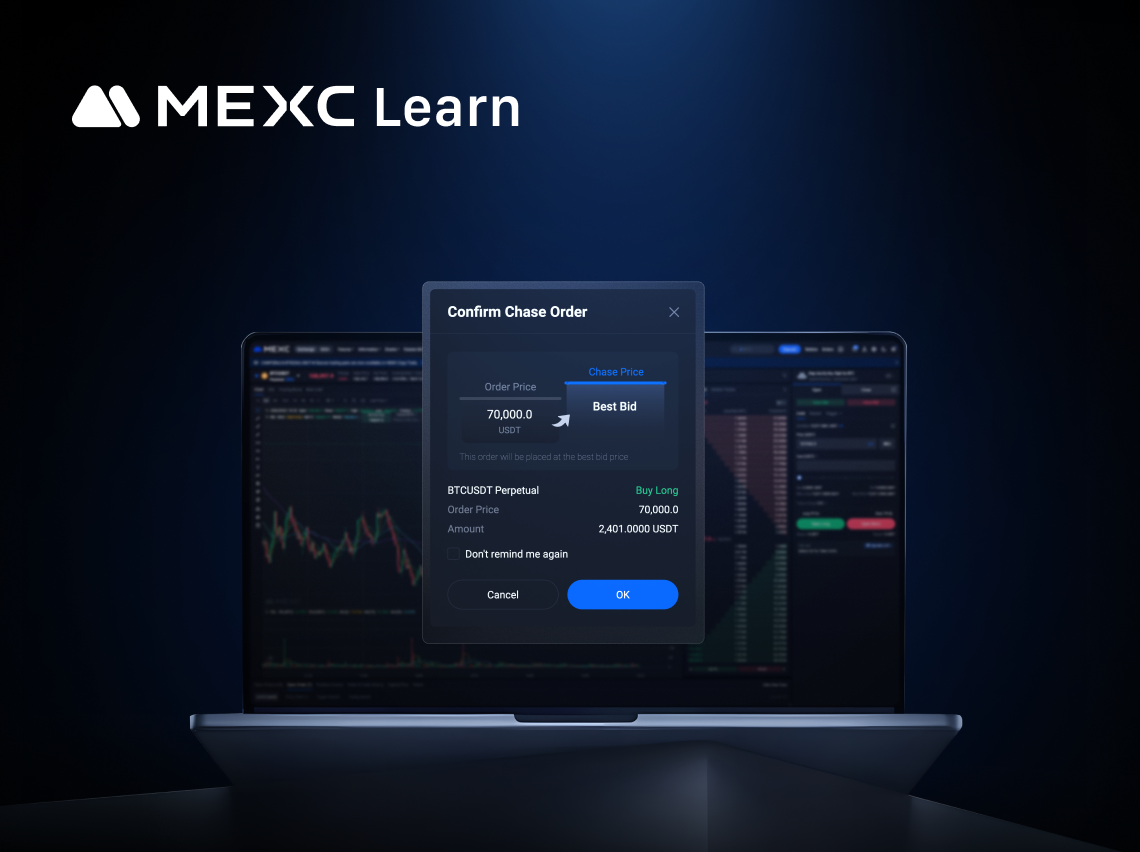
Don't Miss Trading Opportunities: Capture Market Volatility with MEXC Futures Chase Orders
High volatility has long been one of the defining features of the cryptocurrency market, and it remains an important factor attracting many participants. In such fast-moving conditions, the ability to

What Is Copy Trade? Advantages and Risks You Should Understand
In the cryptocurrency market, futures trading is renowned for its high potential returns, yet its complexity and inherent risks often discourage newcomers. To help lower this barrier, MEXC introduced
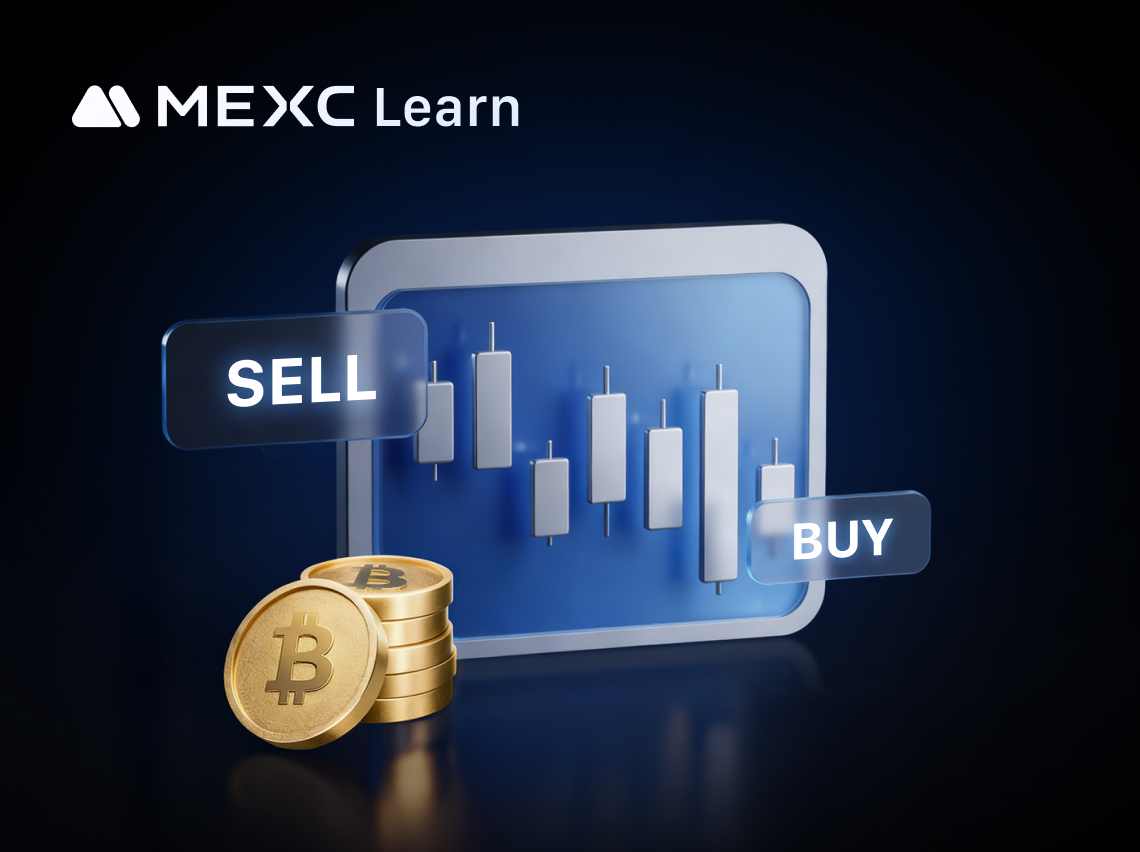
The Complete Guide to Coin-M Perpetual Futures on MEXC
In cryptocurrency derivatives, Futures trading enables investors to apply leverage to increase potential returns and to take positions in both rising and falling markets. MEXC offers two primary types
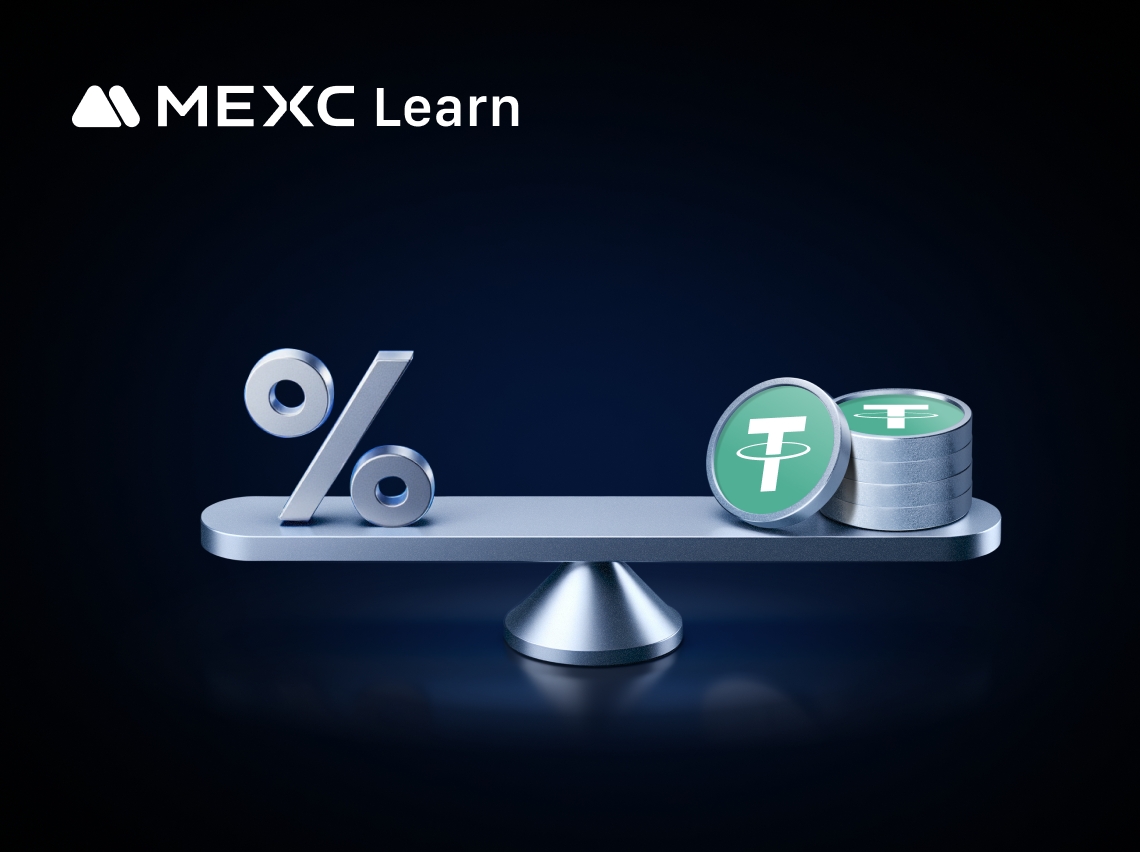
MEXC Fees Explained: Complete Trading, Futures & Withdrawal Fees Guide
Whether you are an experienced cryptocurrency trader or just getting started, understanding trading fees is essential to navigating the market and improving your trading experience. MEXC, a leading gl
